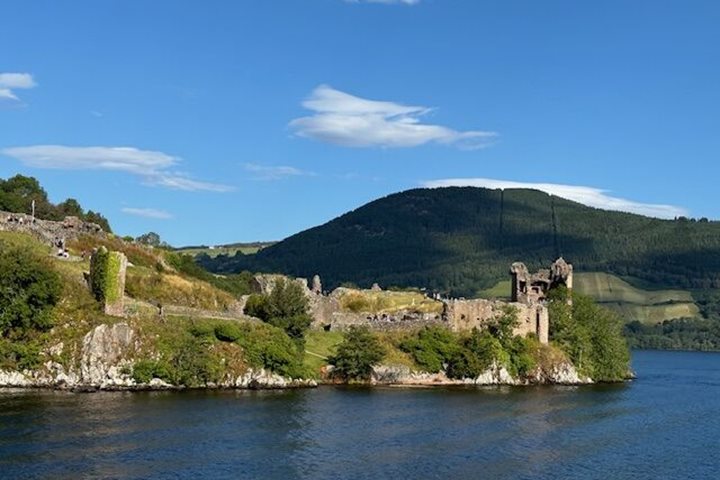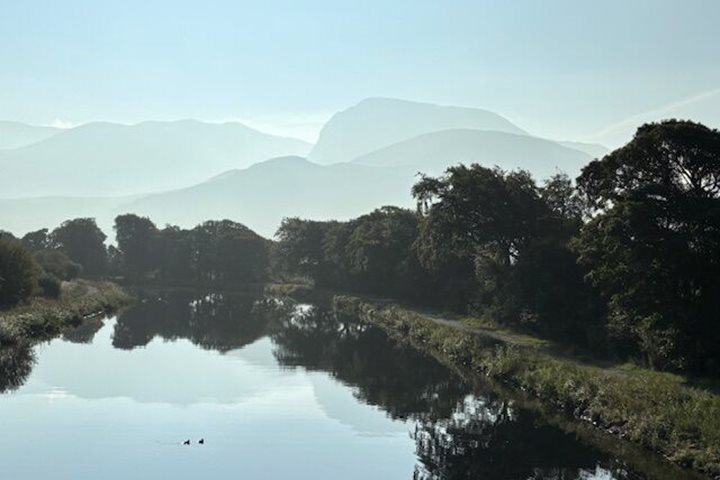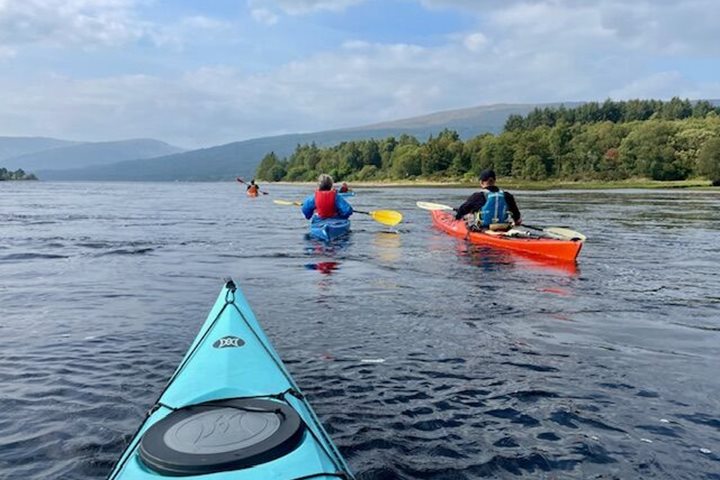It would be a bold move to travel to Scotland expecting a full week of sunshine and blue skies. It would be a step further in bravery to not even bring a raincoat, and that would have quickly become hubris on a day like today here in Tobermory. Undaunted by a bit of drizzle, those clad in the brightest array of colors that only outerwear comes in, took to the trails around this little town. Meandering, with the occasional section of sauntering thrown in for good measure, along the coastline on a sturdy path it is easy to see the effect that this regular precipitation has on the terrain. Waterfalls steadily flow, gurgling merrily away amidst the glowing green landscape. Grasses, flowers, and trees all flourish in this environment, and were it not for the overwhelming numbers of sheep, forests like this would be prevalent throughout the countryside. Perhaps the most resilient tree to this ovine invasion is Scotland’s only native conifer and national tree, the Caledonian pine. It can be easily identified, with the occasional twisting trunk, defying linear vertical growth, unique and wild, perfectly fitting into the topography.
Tobermory is a small village that was populated substantially after the Highland Clearances, where entire communities were forcibly relocated off the land that could be used more profitably for sheep runs. The shift from farming to fishing would not have been an easy one but clearly after many generations the people that live here today have adapted very well to coastal life. The town is painted vivaciously courtesy of the BBC, due to its status as the inspiration and setting of a children’s TV show. Bookstores and cozy cafes dot the main street looking out onto the sea, where one can enjoy a comfortable dry seat and observe the hikers returning, a little wetter but no worse for wear.







